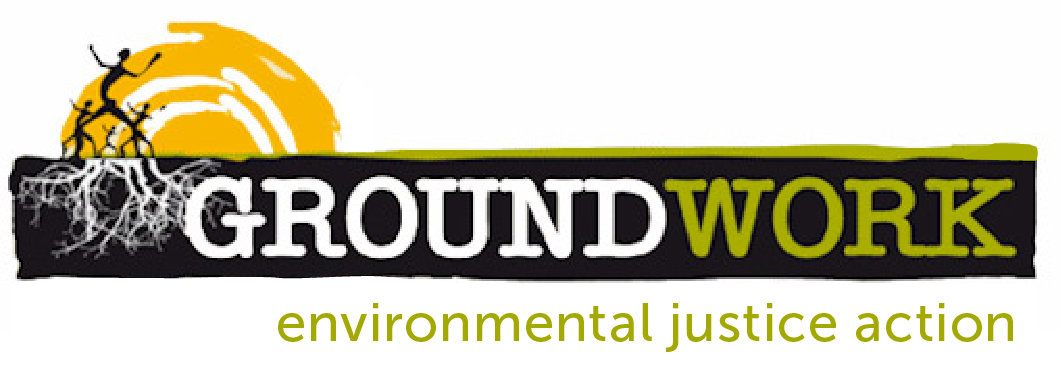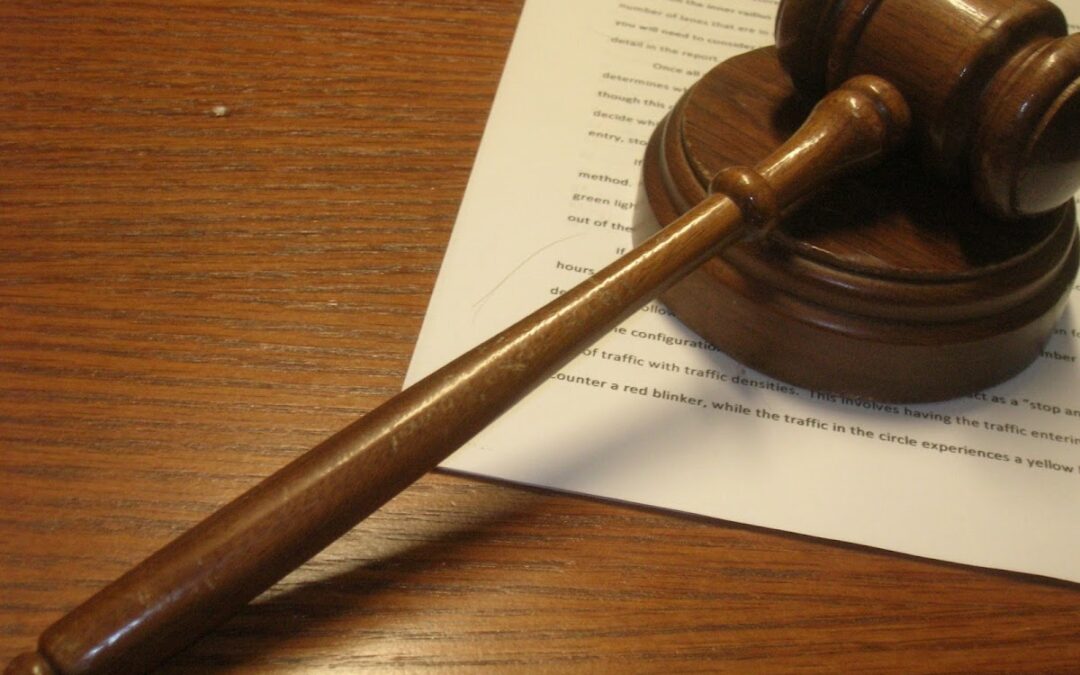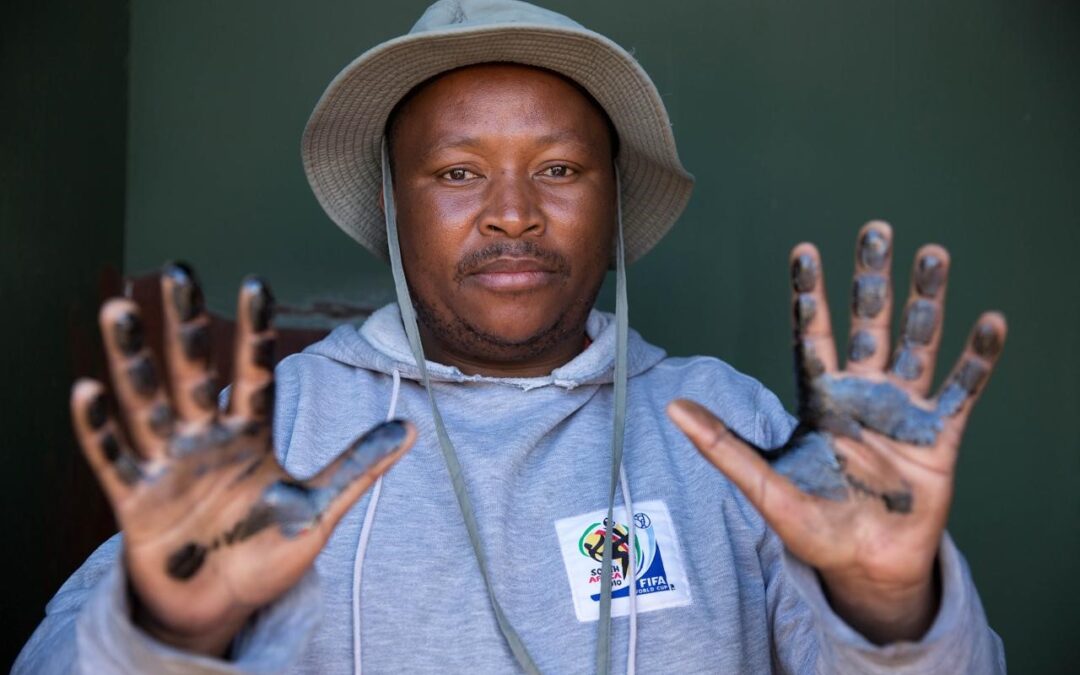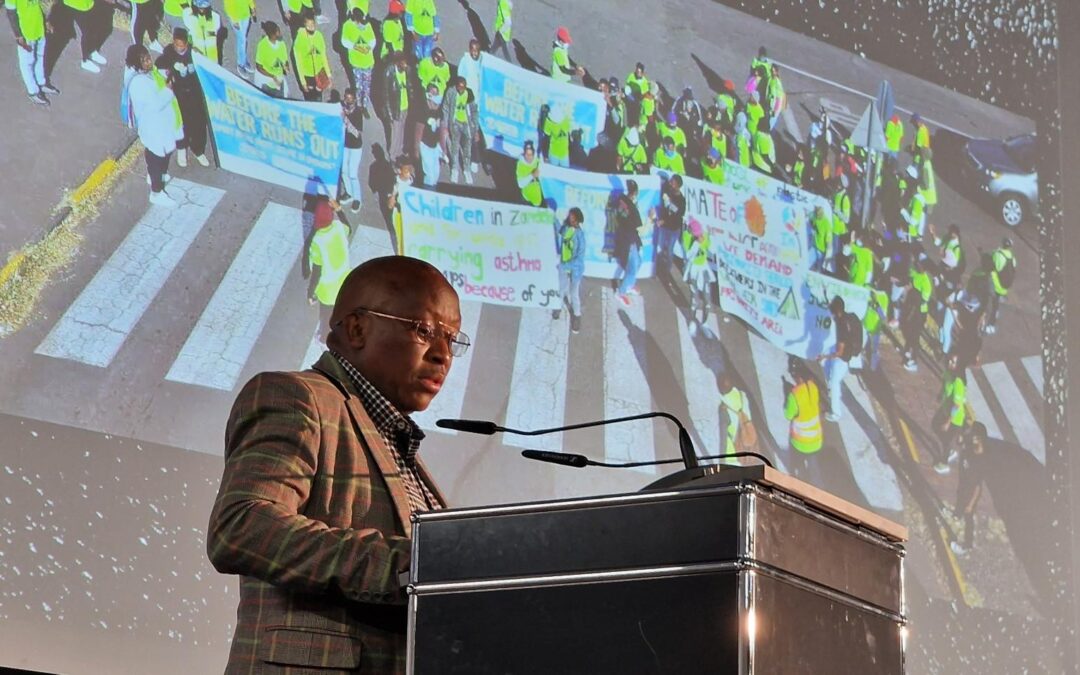
Eskom is asking for a tariff increase of about 8.6% in its Regulatory Clearing Account (RCA) [1] application to National Energy Regulator of South Africa’s (NERSA). If granted, this will bring the total 2016 tariff hike to 16.6%, sinking the poorest deeper into poverty and darkness.
Eskom’s requests for grossly inflated tariff hikes come round every year or, as in 2015, more than once a year. The energy utility has established a pattern of late and/or repeated application stretching back to 2008. This has the appearance of a tactic to forestall public consultation and put the National Energy Regulator of South Africa’s (NERSA) decision-making under pressure.
MEDIA ADVISORY:
groundWork (Friends of the Earth South Africa)
GROUNDWORK APPEALS NPC HAZARDOUS WASTE INCINERATOR
Port Shepstone, South Africa, 27 January 2016 – Environmental justice watchdog groundWork [1] is appealing Natal Portland Cement’s environmental authorisation to burn ‘alternative fuels and resources’ at the company’s Simuma Works [2]. This authorisation, granted by the MEC of the KwaZulu Natal Economic Development, Tourism and Environmental Affairs (EDTEA), as it exists is essentially a licence to operate a hazardous waste incinerator that can burn any industrial hazardous waste at the discretion of the licence holder. It effectively puts the fox in charge of the henhouse.
Global scientific literature unequivocally demonstrates that all hazardous waste incinerators produce the most toxic compound known to science, namely, 2,3,7,8-tetrachloro-dibenzo-p-dioxin (TCDD) and other similar compounds called dioxins.
Dioxins are toxic at very low levels and are known to cause cancers (specifically chronic lymphocytic leukaemia, soft tissue sarcoma, non-Hodgkin’s lymphoma, prostate cancer, as well as cancers of the lungs, larynx and trachea). They also cause birth defects, alter the reproductive systems of foetuses, impact the IQ of children, suppress the immune system, decrease fertility, cause ovarian dysfunction, and reduce the sizes of male genitalia.
They are highly persistent in the environment, so any dioxins produced today will remain for up to 150 years if on top of the soil, more than 500 years if in bodies of water, and up to 1000 years if the dioxins are covered by a few centimetres of soil surface.
South Africa is a party to the Stockholm Convention on Persistent Organic Pollutants [3]. Under this treaty, South Africa is obligated to reduce and, where feasible, eliminate releases of dioxins to the environment. This authorisation as it currently exists does not take into account that no dioxins testing has been undertaken at this facility and makes no provision to meeting the objective of our obligation to reduce and, where feasible, eliminate releases of dioxins to the environment.
According to Rico Euripidou, epidemiologist and Environmental Health Campaigner at groundWork:
“The KwaZulu-Natal Department for Economic Development, Tourism and Environmental Affairs will not be able to enforce the current dioxin limit, much less a more stringent dioxin limit to protect public health currently, nor in the foreseeable future. Additionally this authorisation is effectively a move away from environmentally sound best practices of segregation, waste minimization, and environmental protection.”
All incinerators release toxic particulates, carbon monoxide, hydrogen chloride and toxic metals, in addition to dioxins and greenhouse gases such as carbon dioxide. Air pollution control devices are needed to limit the releases to the air, but most of these pollution control devices such as filters and electrostatic precipitators merely move the pollutants from one environmental medium (the air) into another (solid filters or wastewater).
The toxic pollutants do not disappear; they are concentrated into other media that have to be treated as hazardous waste. Importantly, ash from incinerators is toxic, heavily contaminated with dioxins and leachable metals, and under the Stockholm Convention BAT/BEP (best available techniques / best environmental practices) guidelines, ash requires special land disposal as hazardous waste. Often, these added costs are not included in economic and human health analyses but they should be.
CONTACTS
Megan Lewis
groundWork, Media and Communications Officer
Tel (m): +27 83 450 5541
Tel (w): +27 33 342 5662
Email:
Rico Euripidou
groundWork, Environmental Health Campaigner
Tel (m): +27 83 519 3008
Tel (w): +27 33 342 5662
Email:
https://www.facebook.com/groundWorkSA
@groundWorkSA



